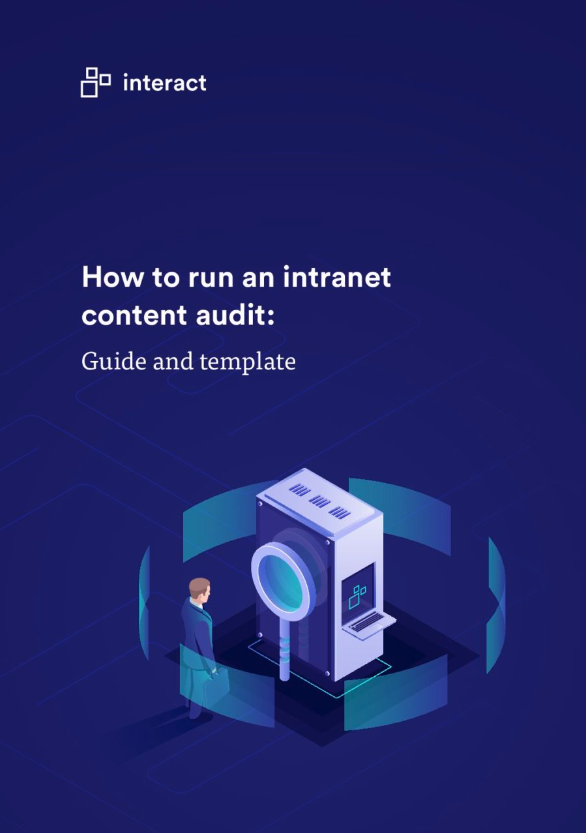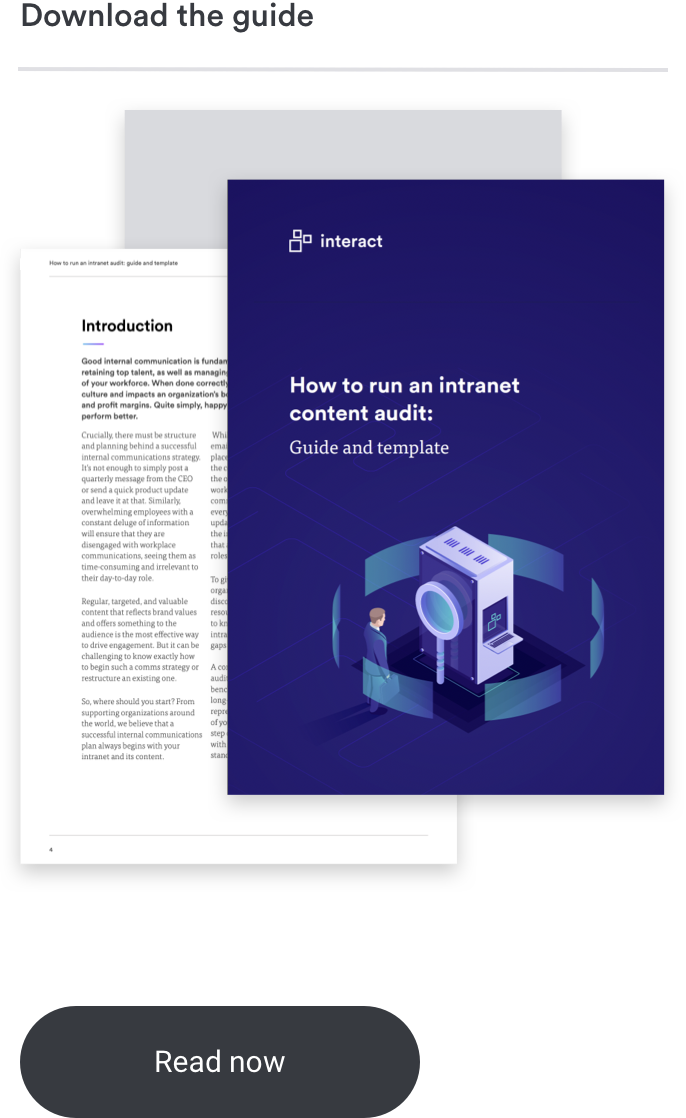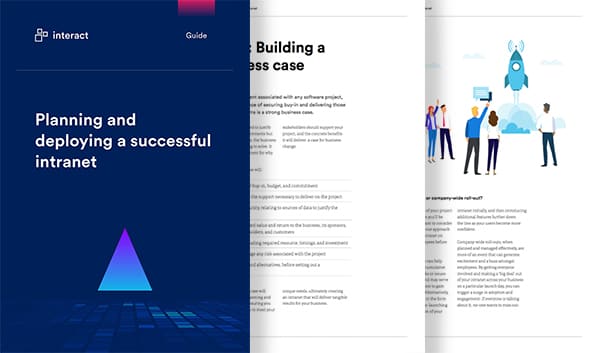Whether you are revamping existing intranet content, embarking on your first intranet project, or seeking support for a new business case, one crucial question emerges:
“What content should be included on our intranet?”
This article highlights the essential intranet content types that should be in your strategy.
Contents
- Why is intranet content important?
- Creating a solid intranet content plan
- What are the different types of intranet content?
- Intranet content ideas
- 1. HR, IT, or business policies and documentation
- 2. Orientation and onboarding support
- 3. How-tos, user guides, and support for daily tasks
- 4. Team-specific content
- 5. Administrative tasks or automated processes
- 6. User-friendly or user-generated content
- 7. Access to external content
- 8. Brand and culture material
- 9. Top-down communication and recognition
- Key questions to ask about intranet content
- Time for an intranet content audit?
Why is intranet content important?
Content holds tremendous influence over the success or failure of an intranet because it is the lifeblood of internal culture, knowledge, and communication.
At its core, an intranet should facilitate employees’ day-to-day responsibilities while providing additional benefits such as improved communication, enhanced collaboration, and streamlined business processes.
If your intranet content fails to align with the needs and desires of your users, is outdated, hard to locate, or simply unavailable, it poses significant risks to your project.
So, how can you develop a robust content plan that gets the right pages and documents in the places where employees can access them?
How to run an intranet content audit
Creating a solid intranet content plan
Intranet content is not a game of chance. If you want to your platform to have an effective and engaging mix of comms and resources, you need to set a clear and well-defined content strategy in advance. When formulating a plan that will help you decide what content you need, consider the following elements:
1. Overall intranet strategy: Define your objectives and determine how content can support your goals. Is your intranet designed for specific cultural or functional purposes? If so, the weighting of the content may differ.
2. Users and communities: Identify the target users of your intranet and understand their specific needs and usage preferences.
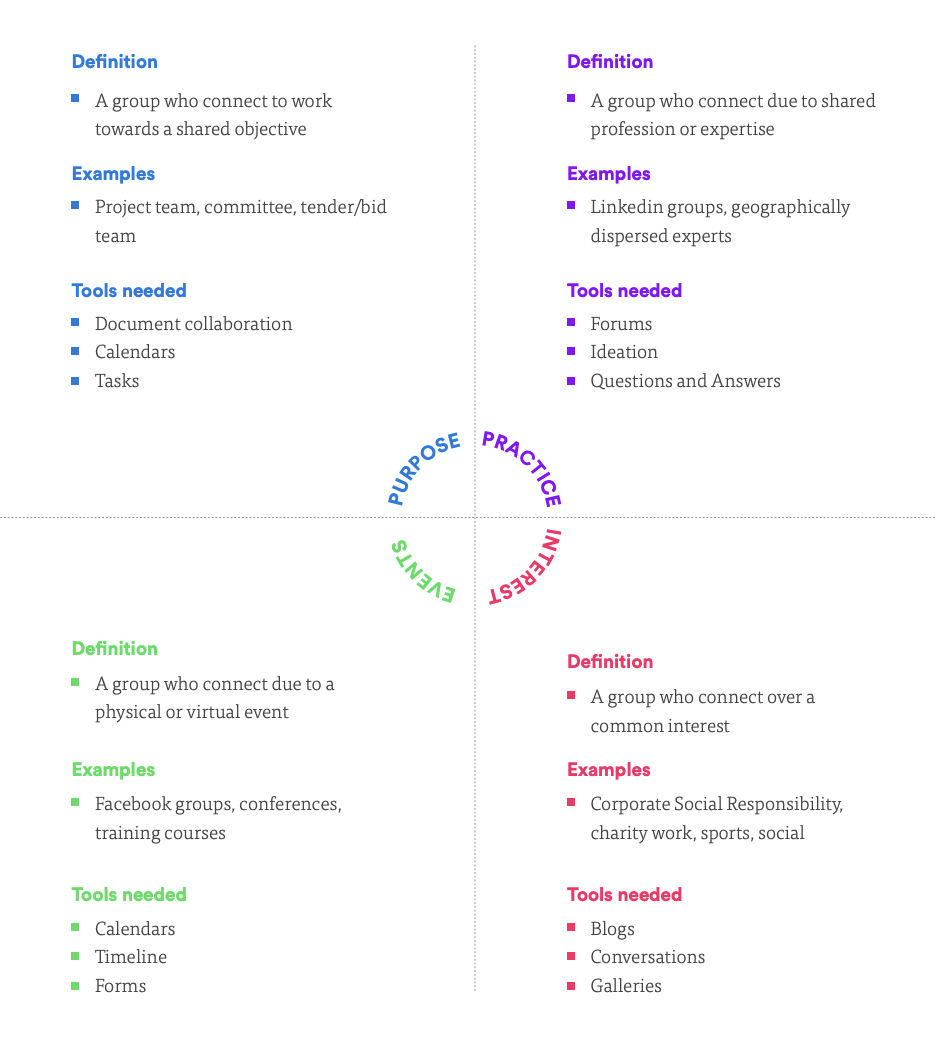
3. Types and formats of content: Assess whether your employees respond better to documents, blogs, videos, or other forms of content. Consider the devices they use to access the intranet, be it desktop, mobile employee app, or mobile browser.
It is crucial to note that intranet content varies across businesses—there is no definitive checklist of essential documents that must be included in your content strategy.
From our experience, certain types of content frequently reoccur, but the process of defining your intranet content strategy should be tailored to your business.
What are the different types of intranet content?
Let’s take a moment to consider what content encompasses for different stakeholders.
From the perspective of C-suite executives and departmental leaders, content typically refers to policies, compliance documents, HR information, benefits details, or information security agreements. Their focus may be on business-critical or process-oriented documents that primarily provide information and enable employees to be more productive.
However, it is just as important to focus on intranet content that fosters better internal communication, celebrates company culture, and contributes to the overall employee experience.
This will include posts or pages about company events, company news, internal announcements, employee spotlights, knowledge-sharing articles, professional development opportunities, DE&I, and more. Such content aims to engage employees, foster a sense of belonging, and promote collaboration and workplace innovation.
In summary, an effective intranet content strategy goes beyond simply housing documents and policies. It should consider the specific needs and preferences of your users, align with your overall intranet objectives, and encompass a diverse range of content formats to cater to different communication and information needs.
Intranet content ideas
There is no right or wrong when it comes to defining and executing your intranet content ideas. However, here are some of the most common types of intranet content today.
1. HR, IT, or business policies and documentation
They may be dry, but they are important.
Vital business policies and documents that cover everything from annual leave entitlement to AI usage policies are the foundation of most intranets.
They should be easy to access, centrally hosted, and continually updated—avoiding the potential issues caused by having multiple versions of policies saved in different places. Additionally, if you have mandatory documents or procedures that employees must read and acknowledge, the ‘Mandatory Read’ functionality in Interact will help you meet compliance criteria.
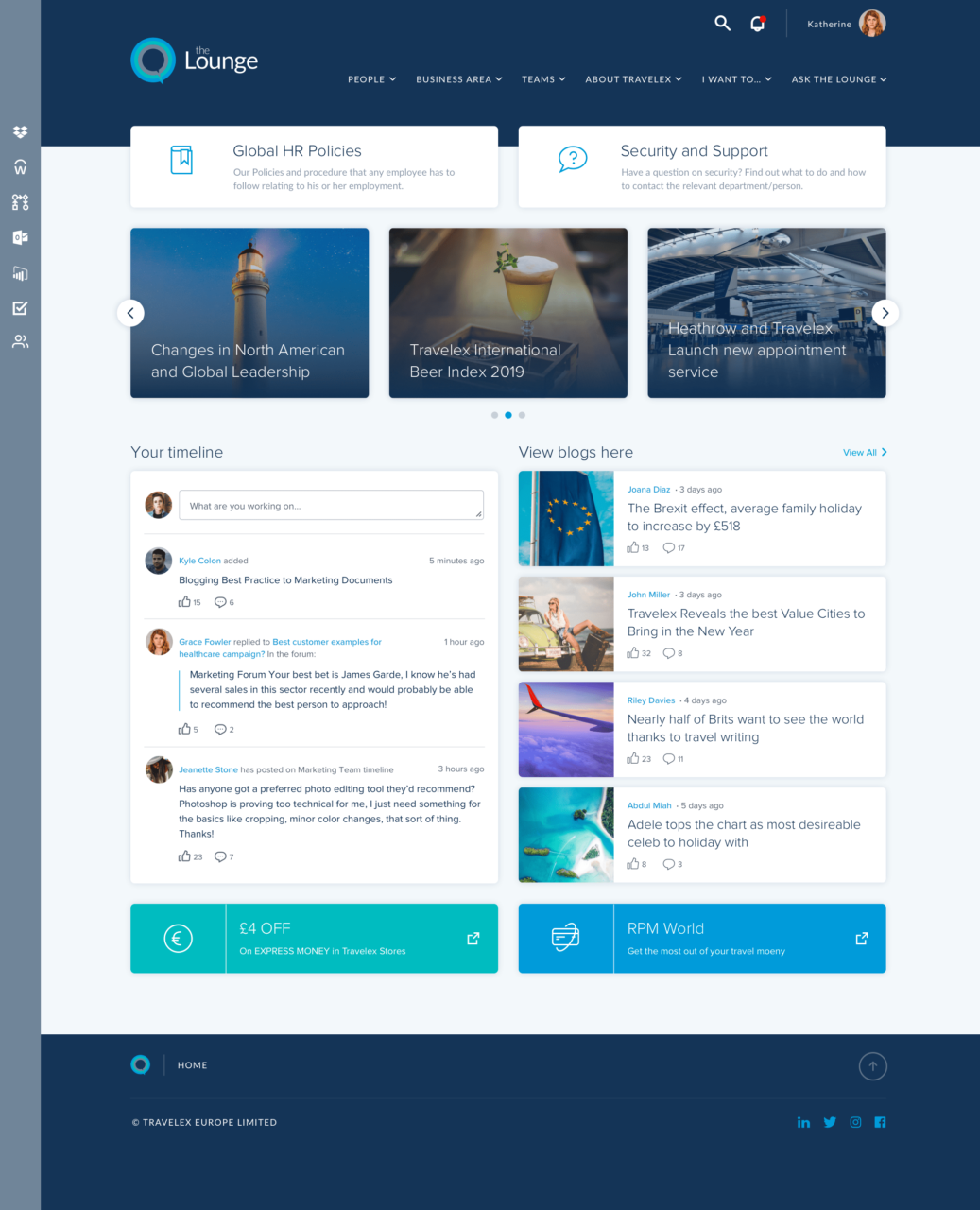
2. Orientation and onboarding support
We talk about the importance of onboarding employees and the impact that that experience can have on productivity, employer brand, staff retention, and more. Spearheading your onboarding process through your intranet can be invaluable in supporting all of this.
Tailored new-starter homepages can push the most important information to your newbies, including company values and mission, vital HR information, or FAQ forums to help answer their most-asked questions. You can also make use of quizzes or workflows to help new starters complete tasks or learn more about your business in the early days.
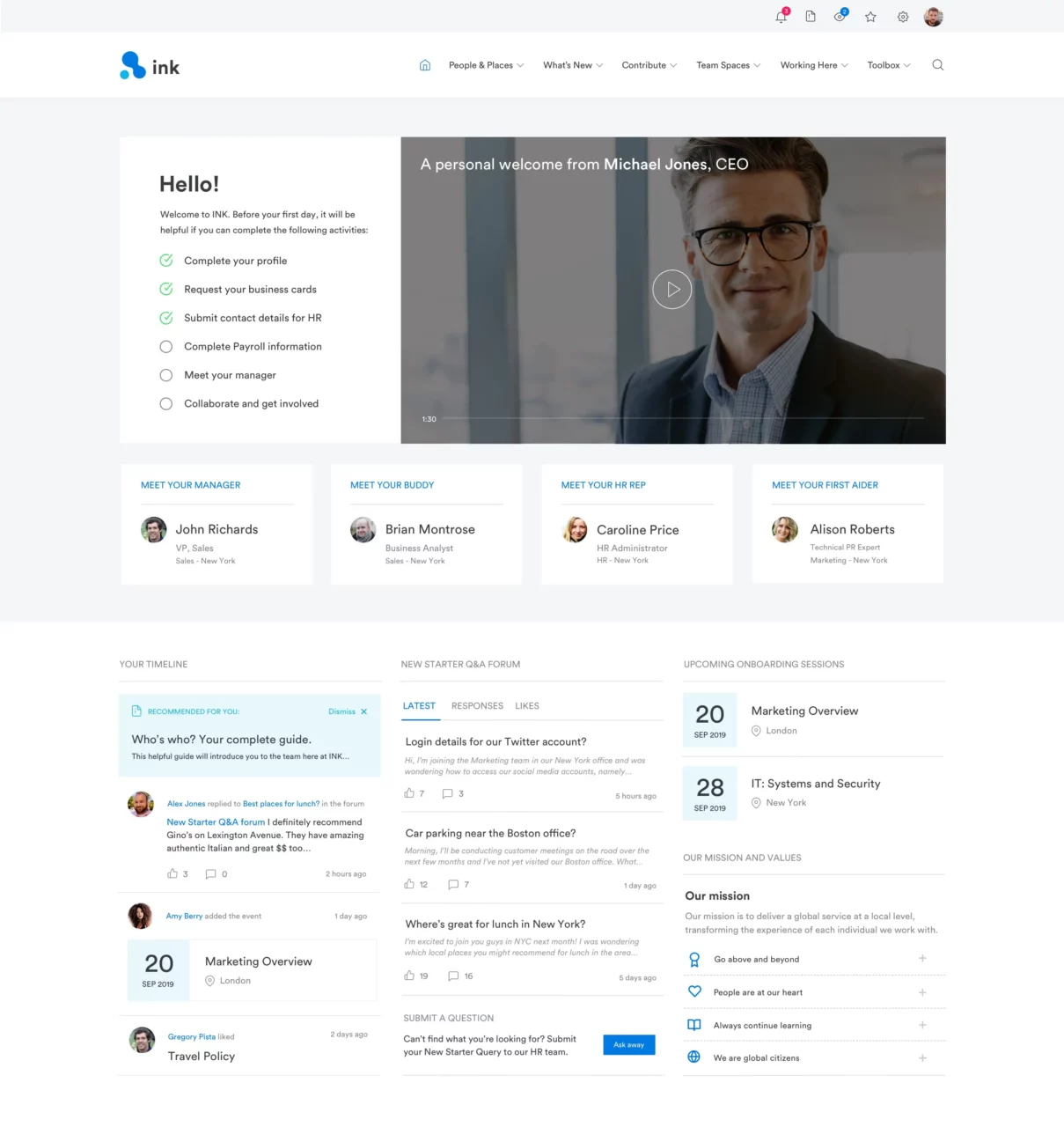
A new starter homepage on your intranet can present tailored, personalized information designed to support new staff in becoming orientated and performing essential tasks autonomously in their early days and weeks.
3. How-tos, user guides, and support for daily tasks
One of the most common questions in any business is, “How do I…”
Dedicating specific content areas on your intranet to answering commonly asked questions can relieve pressure on HR, IT, or other support resources by streamlining the resolution of internal queries.
How to run an intranet content audit
Include user-friendly guides or tips on how to use the intranet and complete essential tasks, empowering your employees to self-serve and take ownership of their own upskilling and learning processes.
4. Team-specific content
Not all content is relevant for everyone; depending on the communities using your intranet, tailored or personalized content aligned to their specific goals, objectives, interests, and projects may be helpful.
Dedicated team areas on your intranet can facilitate targeted content. The pages and documents hosted may range from forum discussions and project resources to blogs, updates, or events for the company soccer team.
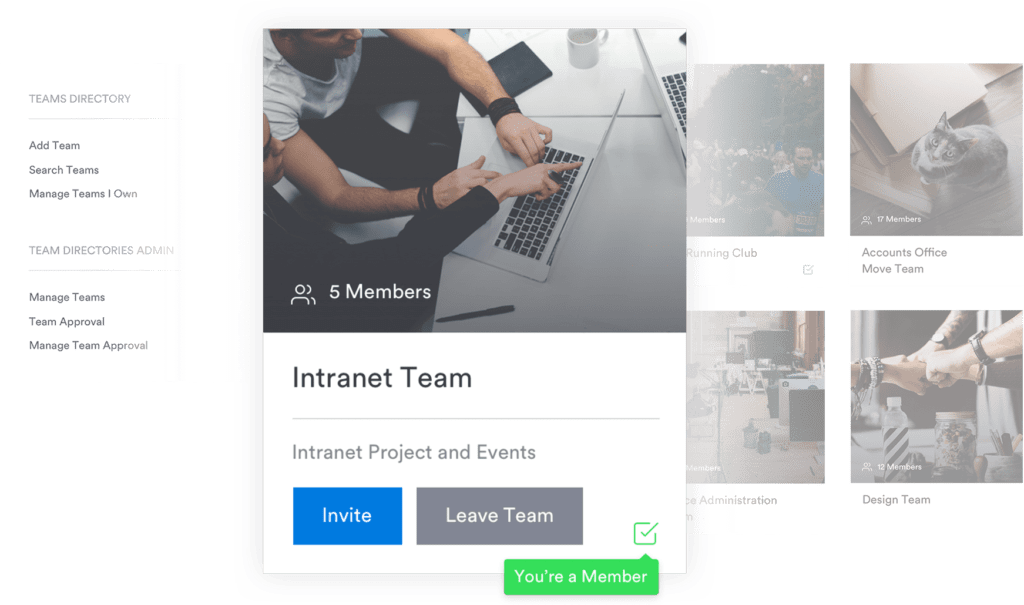
A team forum can be used for colleagues to put forward ideas, suggestions, and questions to their immediate colleagues, without irrelevant content being visible to those outside the team.
5. Administrative tasks or automated processes
Are there everyday processes or workflows that could be streamlined through your intranet?
For example, many organizations experience tremendous pressure on internal resources for the processing of absence requests or completion of expenses.
Alongside ‘How-To’ information hosted in your intranet content areas, using forms and workflows can relieve this pressure and enable employees to complete everyday tasks self-sufficiently, relieving the demand on back office or administrative resources.
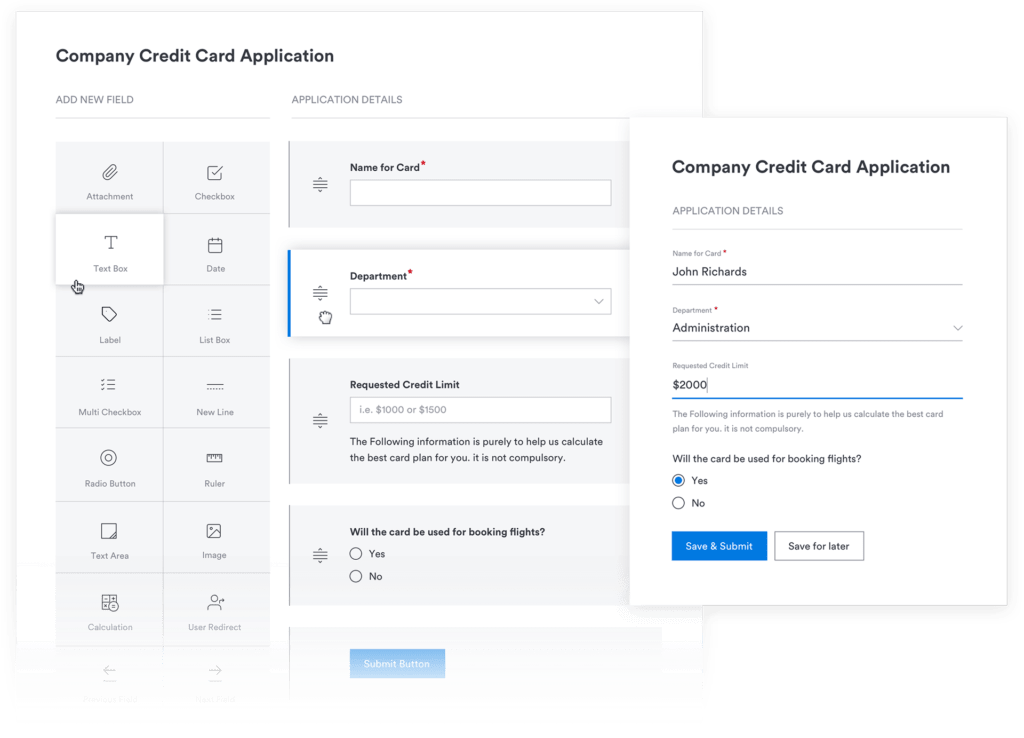
6. User-friendly or user-generated content
Although user-generated content may not serve an obvious business purpose, these types of content are far more likely to engage your staff and will contribute towards intranet usage, business culture, and overall employee engagement.
Examples may include employee or team blogs, covering news and updates (both business and non-business related – such as the completion of a critical project or even a wedding or baby announcement), or perhaps recommendations, events, and charity work.
Opening up your intranet to employees, and allowing them to submit their own content can prove a highly successful strategy to drive adoption and engagement.
7. Access to external content
Admittedly this one is not technically ‘content’, but it still forms a vital part of a holistic intranet content strategy.
If you work across several different business applications or platforms, integration functionality, widgets, or even simple links within content areas will ensure your intranet can serve as the portal or access point for employees to tap into the information they need – even if it is hosted or found outside of the intranet.
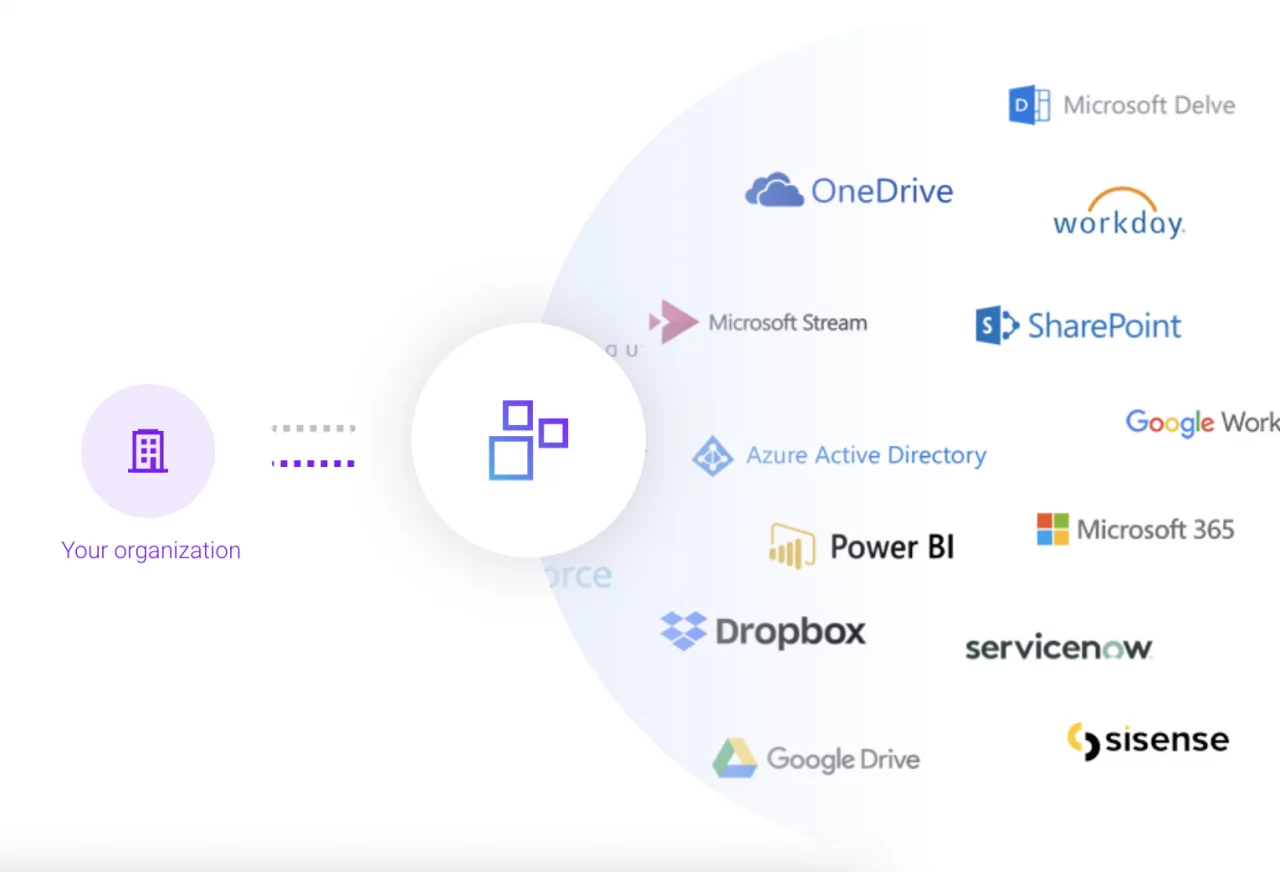
To support people’s efficient use of these third-party applications, you may want to post links to user manuals or other informational content.
8. Brand and culture material
Global organizations are increasingly finding the need to build digital workplaces that can support cultures without walls: connecting employees across multiple offices, locations, and even languages or timezones. Your intranet can support this process.
How to run an intranet content audit
Content that communicates your internal brand, values, and mission can help instill purpose and direction in employees. By making these visible in the everyday roles and processes for your employees, you reinforce that virtual culture and message. At Interact, we also assign our values as #hashtags as part of our peer-to-peer rewards system, promoting that vision further.
Don’t forget that the presentation of your intranet content, and the brand you create around it, is a vital part of your content strategy also. Building a recognizable identity and brand can significantly impact user engagement with an intranet.
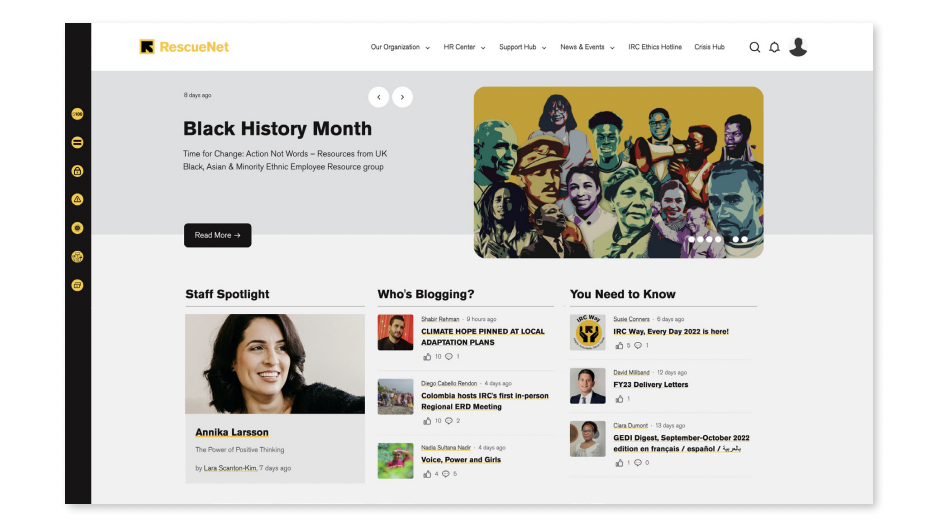
9. Top-down communication and recognition
One of the most powerful things an intranet can provide is the capacity to improve internal communication and drive engagement among employees. Using blogs or peer recognition tools can significantly improve transparency and help keep employees up to date with what is happening in your business.
These forms of content are typically ad hoc, as and when events or announcements are required. However, when creating your content plan and intranet structure, factoring in areas for these forms of content is essential.
Senior management blogs are a solid way to build on the company culture, share news, or give recognition. With social tools to allow users to like, share or comment, they offer a more informal and inclusive approach to internal communication.
Key questions to ask about intranet content
Now that you have a sense of what kind of intranet content can provide a good mix on your internal hub, you may want to refine individual pieces based on some valuable questions.
- Who is this intranet content for?
Define your audiences. Is the intranet serving home-based or remote workers, employees on the road? Is it for those operating on the shop floor or in regional centers? Look at the demographic for your intranet and take the time to assess their needs and wants.
Working with employees, the actual consumers of the content is a foundational part of an intranet strategy. If your intranet doesn’t meet their needs, it ceases to have a purpose. Usage will quickly fall away, dooming your project to failure.
- Are we speaking their language(s) ?
You know who your audience is, now consider how your content should be structured, formatted, and the tone of voice used. Is it in a language they will understand?
This sounds simple, but it’s easily missed. When you have your technically-minded IT Manager compiling the acceptable usage policy, there’s a risk that the people it’s aimed at won’t understand the more technical terminology, or will disengage from it if it’s too ‘dry’ or not aligned to their roles. Set an appropriate tone of voice and approach your content from a ‘what’s in it for me?’ perspective on behalf of your employees.
- How are our employees accessing the information?
Take into account the diverse needs of frontline workers, who may rely on mobile devices for intranet access while on the go.
Additionally, consider employees who have mobile-only access, as well as desk-based workers who primarily use desktop computers. By understanding these different access patterns, you can ensure that your content is optimized for various devices and accessible to all employees, enabling seamless information flow and engagement across your organization.
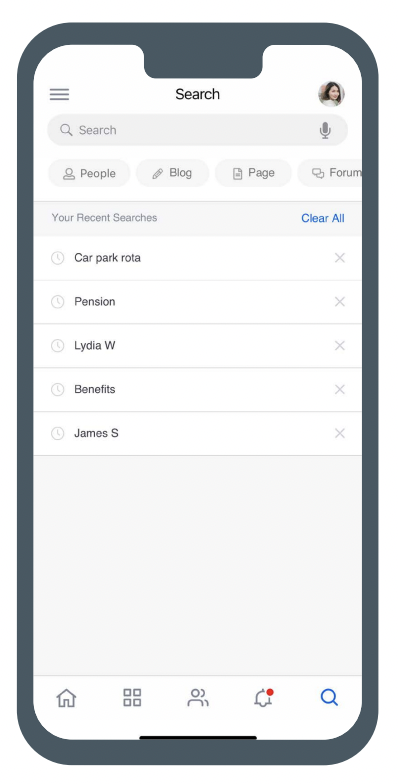
- Will employees be able to find it?
Taking the time to carefully plan and map out your intranet content means nothing if your employees can’t find the content they’re looking for.
With a considered structure, a robust enterprise search feature, and advanced capabilities such as intranet analytics or algorithms, will help push content to users based on their previous interactions with the intranet.
Tagging content with relevant keywords and metadata, and assigning review dates for content, will ensure that when your employees search for the ‘AI policy‘, they don’t get a 5-year-old blog that pre-dates ChatGPT and Bard.
Time for an intranet content audit?
Considering your content strategy for an existing or prospective intranet project is a valuable opportunity to take stock.
Organizations hold vast knowledge assets: the bigger and the older the business, the more information they acquire. But when was the last time you audited that vast stockpile of content? The chances are, it’s been a while. And the danger is, much of your existing information may no longer be relevant or even correct – putting your business and its employees at potential risk.
So, approach the process with the same mindset as you would when moving house. Be ruthless with the different versions saved on various drives, the 2003, 2005, 2007, 2012 copies of that HR policy – before identifying what you actually need and use.
